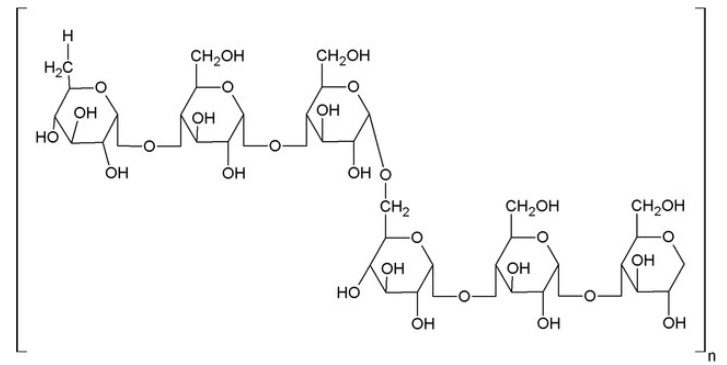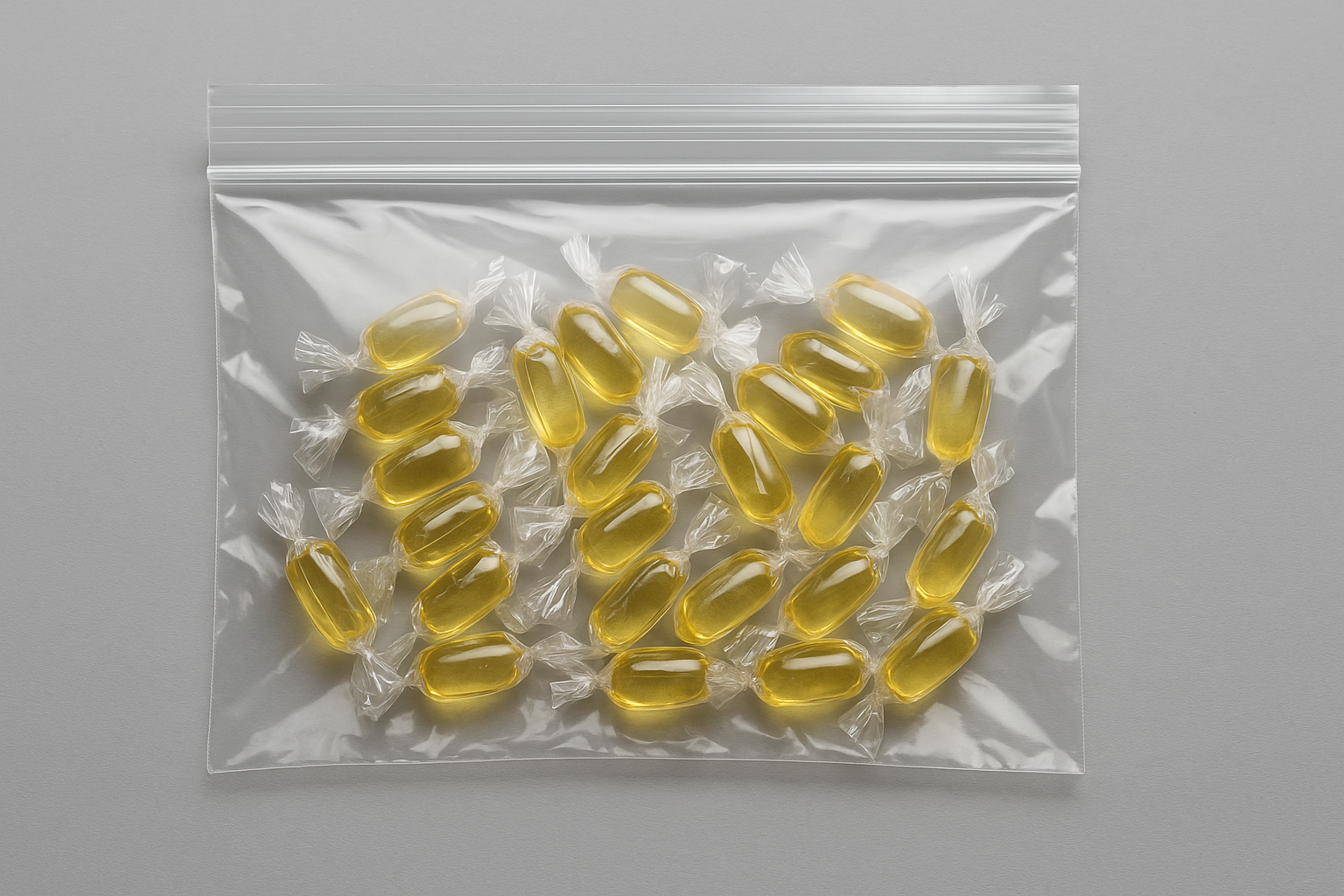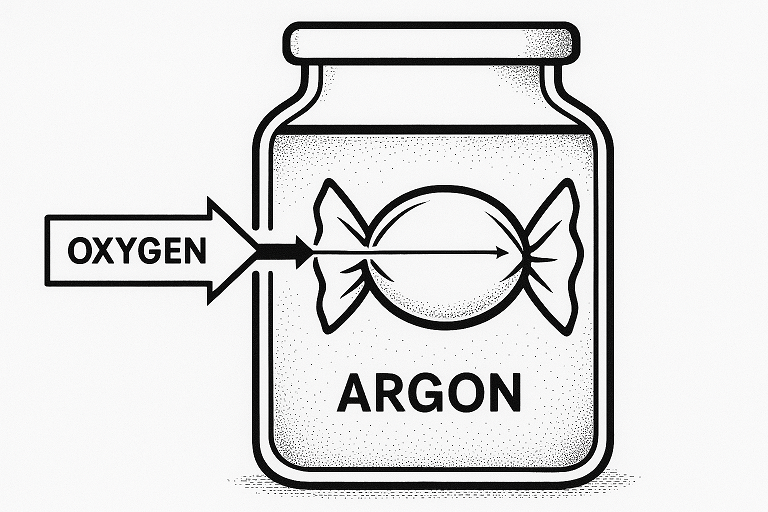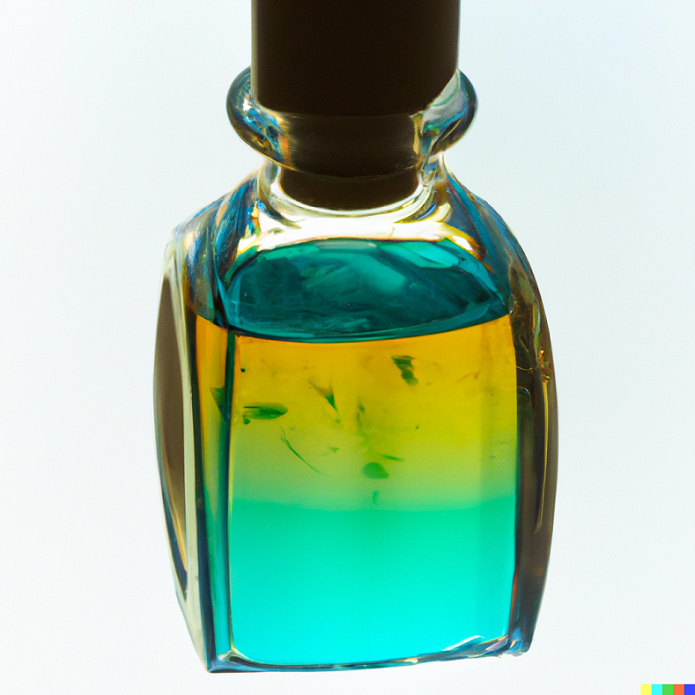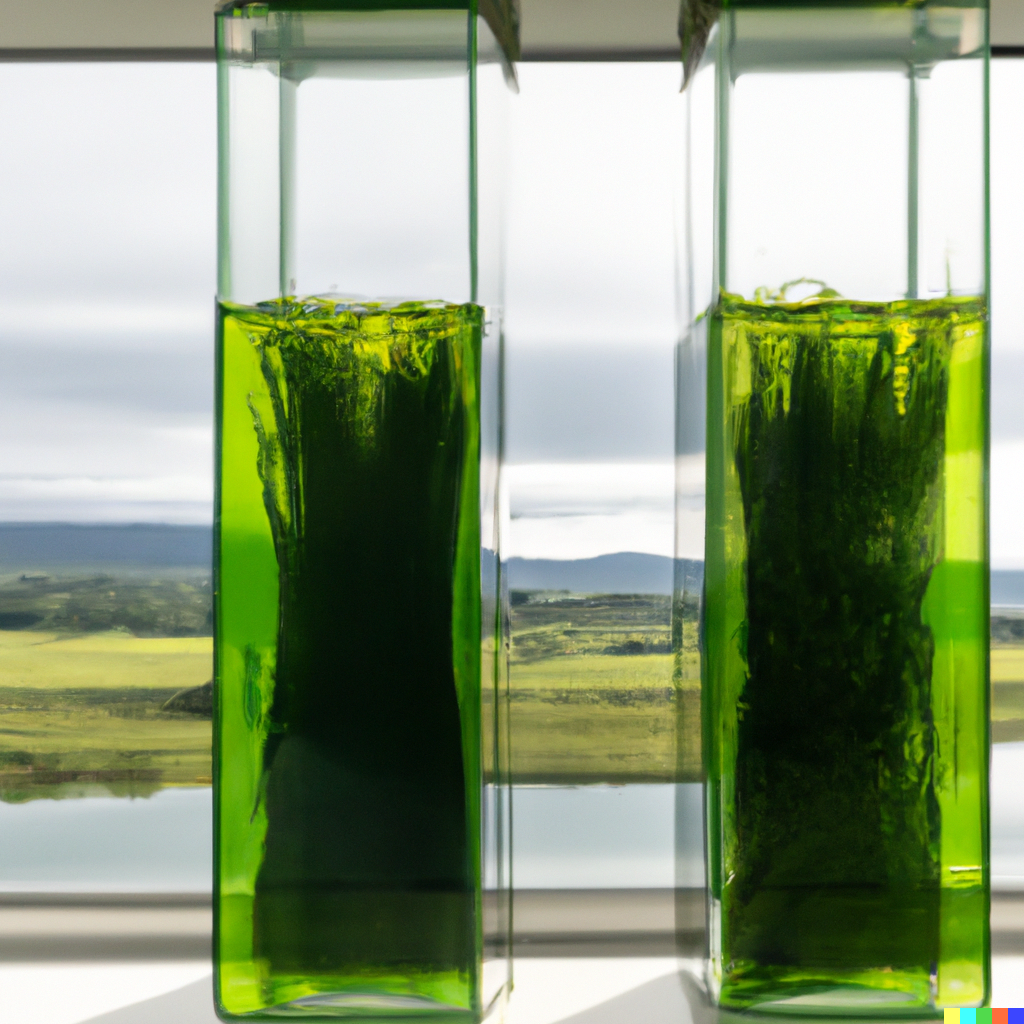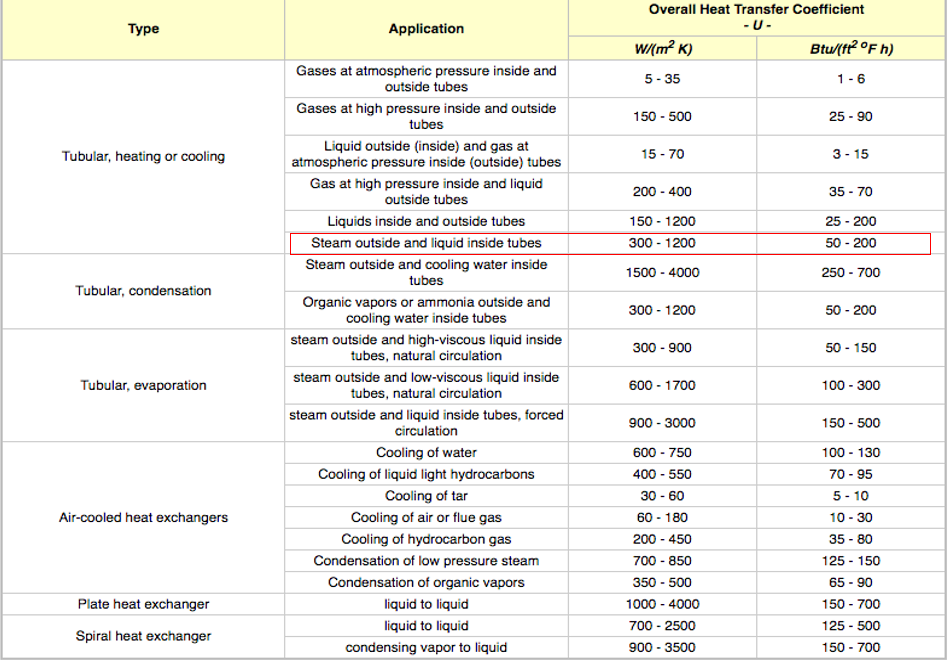
A computational approach to design anti-oxidation protection systems for omega 3 oils
Oxidation resistance is one of the crucial features that premium omega 3 supplements must exhibit. Oxidation itself is a degradation of the structure of the poly unsaturated acids that results in shortening their chain, destroying the double bonds, and creating smaller fragments with ketone and aldehyde being the dominant ones. Oxidation itself is a complex group of chemical reactions that are affected by parameters such as:

